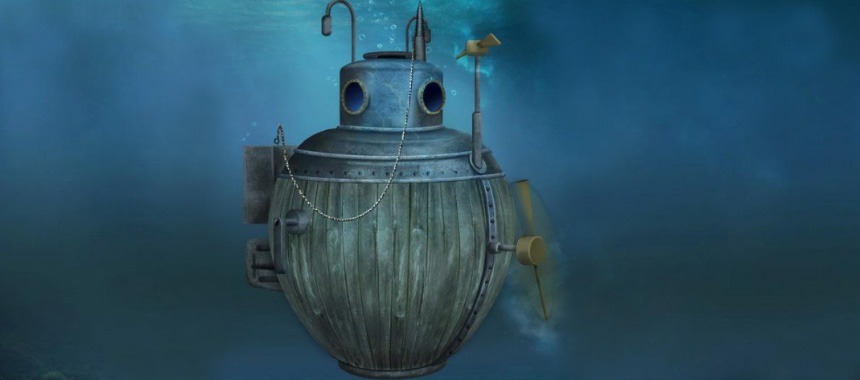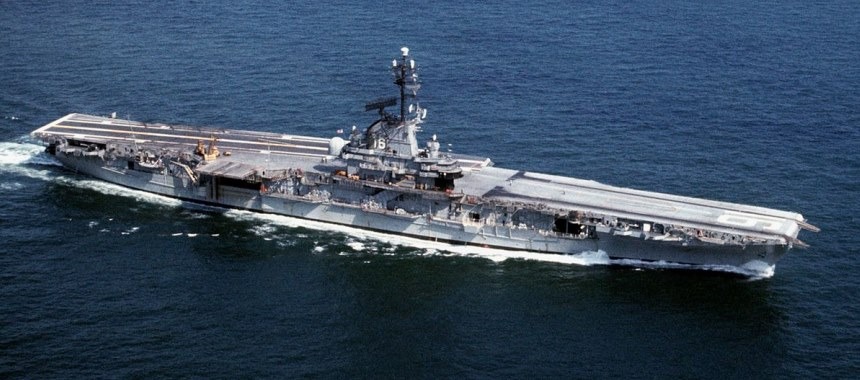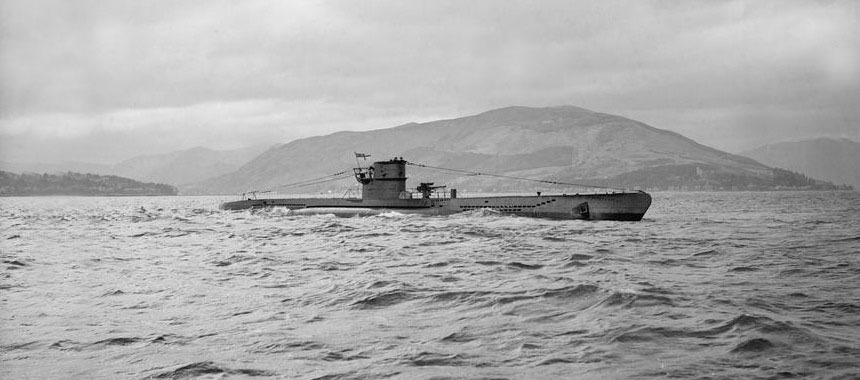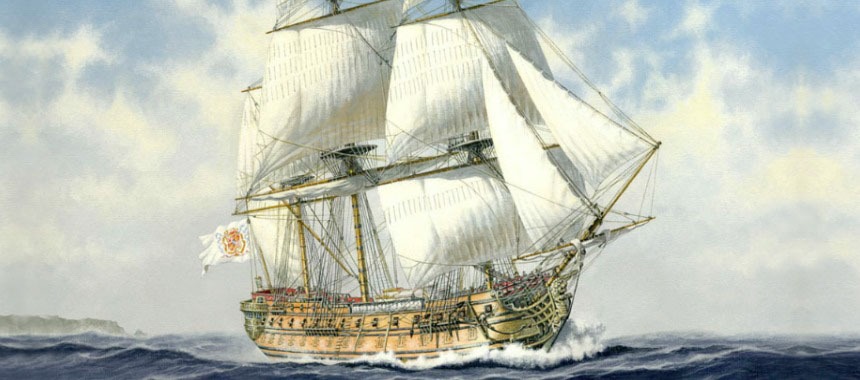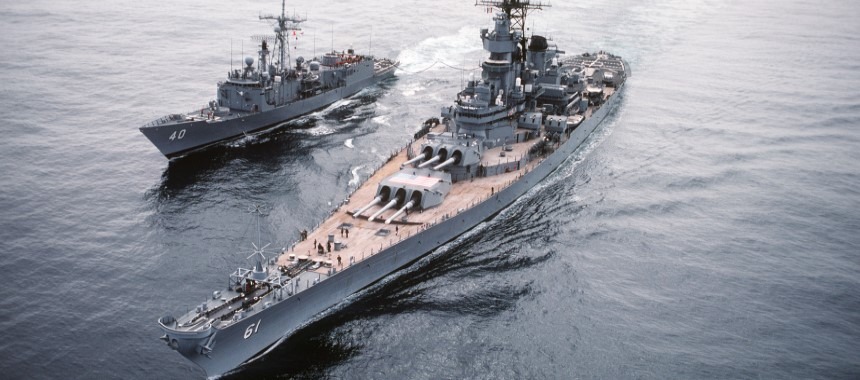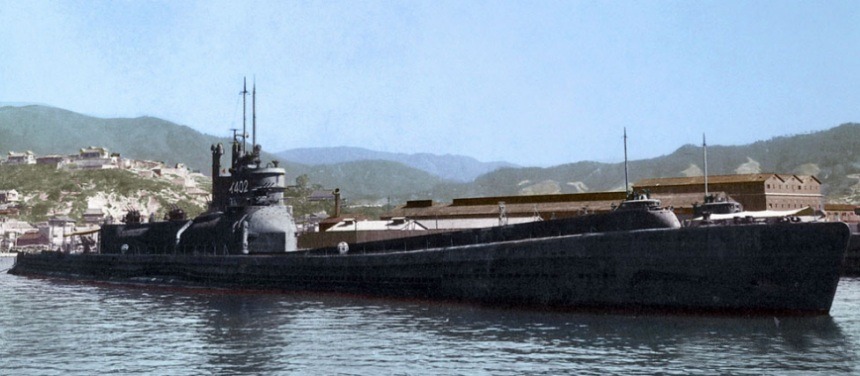In the Gato class, the U.S. Navy had found a fully capable boat with the characteristics necessary to fight a war in the Pacific. In the wake of the Pearl Harbor attack, it was obvious that the only way to halt the rapid expansion of Japanese conquests would be with an unconventional strategy, and to their credit, Admirals King and Nimitz came up with exactly the right approach. They devised a dual strategy — containment around the edges and strikes deep into the heart of the Japanese Empire. The resources available were a small and terribly vulnerable force of aircraft carriers and three-dozen fleet submarines plus the nine old V-boats and a few more obsolescent S-class boats.
Leonardo da Vinci (1452-1519) made sketches of a submarine and William Bourne, a British mathematician, drew plans for a submarine in 1578. But it was only in 1620 that Cornelius van Drebbel, a Dutch inventor, managed to build a submarine. He wrapped a wooden rowboat tightly in waterproof leather and had air tubes with floats to the surface to provide oxygen. Of course, there were no engines yet, so the oars went through the hull at leather gaskets. He took the first trip with 12 oarsmen in the Thames River — staying submerged for 3 hours.
The USS Lexington is the last operational unit of the Essex class of carriers that were designed just prior to World War II, and were modernized in the 1950s. This is AVT-16 as she appears today during operations in the Gulf of Mexico.
At 21 minutes to eight in the evening of 3 September 1939, the SS Asthenia, outward bound from Liverpool to Montreal with 1400 passengers, was struck by a torpedo. This was the first attack in the Second World War to be made by the German Navy, and the torpedo was fired by U-30 type VII U-boat, commissioned in 1936. On 10 July 1945, the British steam fishing boat Kned was sunk by mine off Lizard Head, in a minefield laid in August 1944 by U218, a VIID U-boat, commissioned in 1942. Thus the German naval war began and ended in submarine action.
The H.M.S. (His Majesty's Ship) BELLONA was one of the most famous 74-gun ships of the British Navy.
Battleships of the «Iowa» class are considered the most advanced ships in the history of shipbuilding. It was during their creation that designers and engineers managed to achieve the maximum combination of all the key combat characteristics: armament, speed, and defense.
The concept of an aircraft launched from a submarine is almost as old as naval aviation itself. On January 6, 1915, a modified seaplane called the «Friedrichshafen» was launched from the deck of the German submarine U-12. In the autumn of 1917, in Germany, the «Brandenburg,» which was adapted for storage directly on board a diesel-powered submarine, was tested.
 en
en ru
ru uk
uk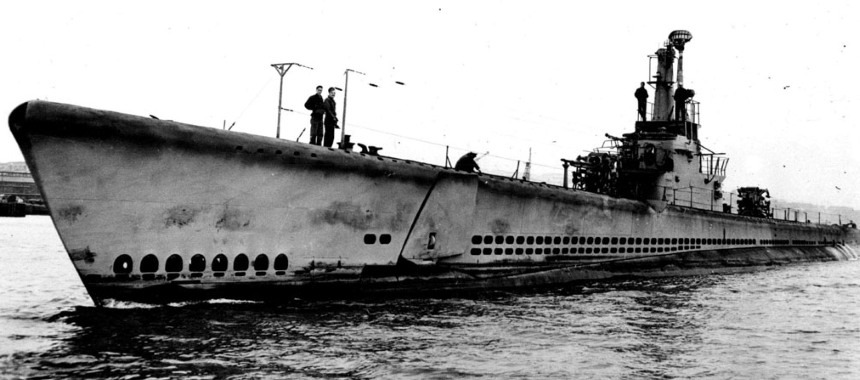
 Magellan
Magellan